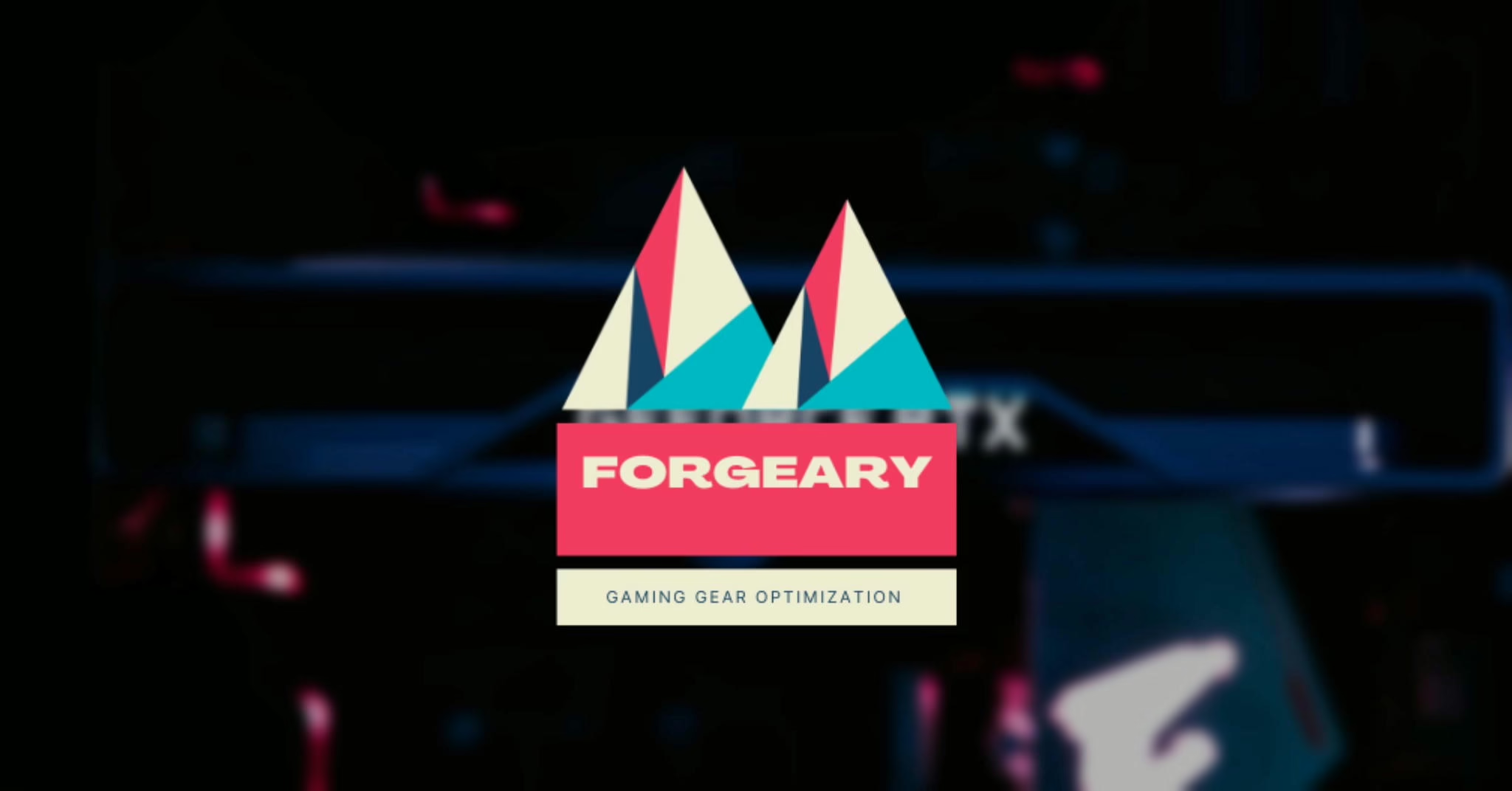Anti-aliasing is a technique used in computer graphics to smooth out jagged edges and curved lines in images. It works by blending the colors of the pixels near the edge of an object with the colors of the background, which can help to reduce the "staircase" or "jagged" appearance of these edges and make the image look more realistic.
There are several distinct types of AA techniques, including multisample anti-aliasing (MSAA), super sample anti-aliasing (SSAA), and fast approximate anti-aliasing (FXAA).
Anti-aliasing is commonly used in video games and other graphics-intensive applications to improve the visual quality of the images and make them look more realistic, but it can also impact the performance of a computer or device.
What is Anti-Aliasing?
Anti-aliasing is a technique used in computer graphics to smooth out jagged edges and curved lines in images by blending the colors of the pixels near the edge with the colors of the background. This can help to make the image look more realistic and less pixelated, particularly when viewed at a distance or at a high resolution.
There are several diverse types of AA techniques, including:
Multisample anti-aliasing (MSAA): This technique samples multiple points on the edge of an object and blends the colors of the surrounding pixels to smooth out the jagged edges.
Super sample anti-aliasing (SSAA): This technique works by rendering the image at a higher resolution and then down sampling it to the desired resolution, which can help to smooth out jagged edges and reduce pixelation.
Fast approximate anti-aliasing (FXAA): This technique is a faster but less accurate method of AA that uses a post-processing filter to smooth out jagged edges in an image.
Conservative morphological anti-aliasing (CMAA) is an image-based, post-processing technique that reduces the jagged edges or aliasing in computer graphics. It was originally developed by Filip Strugar at Intel and it uses four main steps: image analysis, edge detection, shape handling, and long edge handling. CMAA is more effective and less blurry than other post-processing methods such as FXAA, and it preserves the sharpness of straight edges and thin lines.
Anti-aliasing is commonly used in video games and other graphics-intensive applications to improve the visual quality of the images and make them look more realistic.
What Are the Benefits of AA?
The main benefit of anti-aliasing is that it can make images look smoother and more realistic, particularly when viewed at a distance or at a high resolution.
By smoothing out jagged edges and curved lines, anti-aliasing can help to reduce the "staircase" or "jagged" appearance of these edges, which can be particularly noticeable when an image is enlarged or viewed on a high-resolution display.
In addition to improving the visual quality of images, AA can also help to reduce eyestrain and make it easier to view images for extended periods of time. This is particularly important in applications such as video games, where users may be viewing the image for extended periods of time.
AA can also be useful for improving the quality of text and other intricate details in an image. By smoothing out the jagged edges of small text and other details, anti-aliasing can make it easier to read and understand the information in an image.
What Are the Drawbacks?
One of the main drawbacks of anti-aliasing is that it can impact the performance of a computer or device, as it requires additional processing power to blend the colors of the pixels near the edges of an object.
This can make the application run slower, particularly on systems with limited resources or on devices with low-power processors.
In addition, anti-aliasing can sometimes introduce a blur or halo effect around the edges of objects, which can reduce the overall sharpness and clarity of the image.
This can be particularly noticeable in images with delicate details or in text, where the blurring effect can make the text difficult to read.
Finally, AA is not always necessary or desirable, particularly in applications where the image is intended to be pixelated or where the performance impact of anti-aliasing is not acceptable.
In these cases, it may be better to disable AA or use a different technique that has a lower performance impact.
Conclusion
In conclusion, anti-aliasing is an important technique used in computer graphics to smooth out jagged edges and curved lines in images. It can help to improve the visual quality of images, reduce eyestrain, and make it easier to view and understand the information in an image.
However, it is important to carefully consider the trade-offs involved when using AA, as it can impact the performance of a computer or device and may not be necessary or desirable in all situations.
By understanding the benefits and drawbacks of AA, it is possible to make informed decisions about when and how to use this technique to achieve the best possible results.
